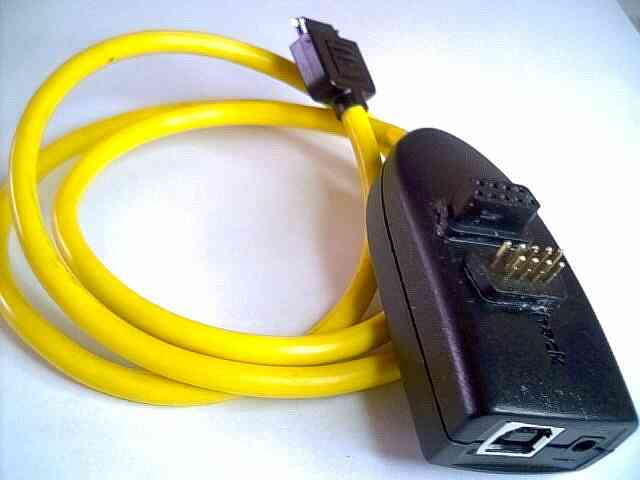|
|
Chris De Herrera's Windows CE Website |
|---|---|
About |
|
| By Chris De Herrera Copyright 1998-2007 All Rights Reserved A member of the Talksites Family of Websites Windows and
Windows CE are trademarks of
Microsoft All Trademarks are owned |
iPAQ Combo Cable Project
By Beverly
Howard, Copyright 2002
Source:
Beverly Howard's Website
Version 1.00 Revised 4/8/2002
[an error occurred while processing this directive]
Introduction
Navstation's GPS capabilities finally spurred me to finish modification of the $19 Radio Shack USB Ipaq "Power Tip" part# 25-948. (Note: this cable is for the iPAQ 3100, 3600 and 3700 series only)
The original RS part is a USB sync/charge combo cable despite the package description that appears to indicate that a separate power supply is required, it does charge from a usb connection.
It does have a jack to accept the 36xx series or Rat Shack charger, and
it _does_ charge the Ipaq from a usb connection alone. Note, an additional
usb A-B cable is needed but allows you to easily customize the length to
meet your needs.
 |
|
The Radio Shack part #25-948 modified to provide both serial and usb support as well as charging. |
The Ipaq connector on this unit can be disassembled and customized (assuming you have the skills and itch ;-) to add a serial cable connection. The solder lugs in the Ipaq connector are large enough to easily add connections.
The finished unit provides significant flexibility in a small package.
USB Sync
USB Power
Serial Sync (Female DB-9 - null modem)
Serial Port (Male DB-9)
External Power port (i.e. when using a serial GPS unit plus a standard 36xx
power supply)
The Ipaq end connector disassembles by lifting the shell cover off of the two tabs on the bottom of the connector with a small blade and pushing the wire into the connector, then removing the metal shells by popping them off of the small tabs. (note the orientation for re-assembly)
The black plastic main case on the other end separates using "standard glue popping techniques."
I elected to desolder and discard the inline connector inside the main case and solder the new cable directly to the CB and DB-9's
Took a while, but realized that old Laplink parallel transfer cables contained 12 conductors in a suitably small cable.
3 feet turns out to be a good length to assure that the connections will not constrain a hand held Pocket PC connected to GPS, routers, cellphones, etc. My Jornada dual serial cable is 18" and works in most cases but could be an issue with a GPS or cell connection.
Standard DB-9 shells were separated, the back half used for a 9 hole drill template through the plastic shell, then the front half with pins were epoxied onto the case with the solder lugs ready to connect inside the case.
The "Carrier Detect" line is used by both the usb and serial line apparently to trigger a sync wakeup... I have yet to have time to pursue this but think that, since the connection appears to be to be protected by a transistor, should be possible to connect to the serial pins as well.
[an error occurred while processing this directive]


